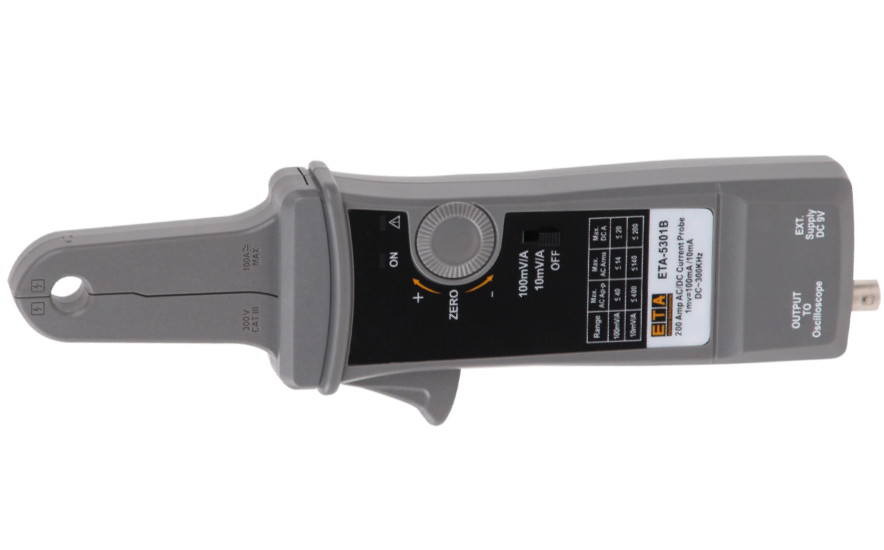Knowledge
On the "cognitive trap" of current probe bandwidth"
Myth 1: The higher the bandwidth, the more accurate the measurement
In fact, too high a bandwidth will lead to an increased sensitivity of the probe to high-frequency noise. For example, when measuring low-frequency currents at 1kHz, using a probe with a 1GHz bandwidth will introduce ambient radio frequency noise (such as mobile phone signals) into the measurement results, which in turn will cause data fluctuations. At this point, the choice of 10MHz bandwidth of the probe, both to meet the measurement requirements, but also to suppress high-frequency noise.
Myth 2: oscilloscope bandwidth is sufficient, probe bandwidth can be reduced
The oscilloscope bandwidth and the probe bandwidth are "in series", and the bandwidth of the actual measurement system is determined by the smaller of the two. For example, if an oscilloscope with a bandwidth of 500MHz is used with a probe with a bandwidth of 200MHz, the actual bandwidth of the system is only 200MHz. Therefore, the probe bandwidth should match the oscilloscope bandwidth, and it is recommended that the probe bandwidth should not be less than 80% of the oscilloscope bandwidth.
Myth 3: ignore the balance between the current range and bandwidth of the probe
Some high-bandwidth probes have a small current measurement range (e. g., 100MHz bandwidth probes only support 0-10A), while high-current probes (e. g., 0-1000A) usually have a low bandwidth (e. g., DC-50MHz). When selecting the type, it is necessary to take into account both the bandwidth and the current range to avoid the situation of "sufficient bandwidth but current overload" or "sufficient current range but insufficient bandwidth.

